By Vincent Zheng, University of Chicago Conservation Intern with the IAE Southwest Branch, November 2023
This summer, I’ve had the pleasure of interning at the Southwest branch of IAE. As someone who has lived in New York City for my entire life, the small-town desert environment of Santa Fe was a stark contrast to what I was used to. But throughout my time here—from when I first joined and my supervisor helped me find housing in a foreign place, all the way to the end of the internship—I felt supported and encouraged by my coworkers to make the most of this experience. That was the main takeaway from my time in Santa Fe: the people I worked with can make a strange world exciting.

During the beginning stages of my internship, I spent most of my time in the seed studio working with Taylor Cain, IAE Southwest’s Plant Materials Technician. I practiced cleaning and storing seeds with the machines in the studio to ensure seeds were ready for future use—like habitat restoration in the field. I also worked on updating our “seed library”, occasionally with the company of Taylor’s dogs. The seed library includes samples of cleaned seeds for species that IAE commonly plants for restoration projects throughout the Southwest. It is used for educational and reference purposes.

Seed cleaning work was then interspersed with site visits for Forest Bound, our youth outdoor education program. These visits were where I was initially exposed to the charming landscape around Santa Fe and Albuquerque. I went above 10,000 feet in elevation for the first time on the Sandia Crest, overlooked the Rio Grande from White Rock, and walked around the desert in the Elena Gallegos Open Space. All the while, Maria Rodríguez, IAE Southwest’s Education and Outreach Coordinator, taught me what she knew.

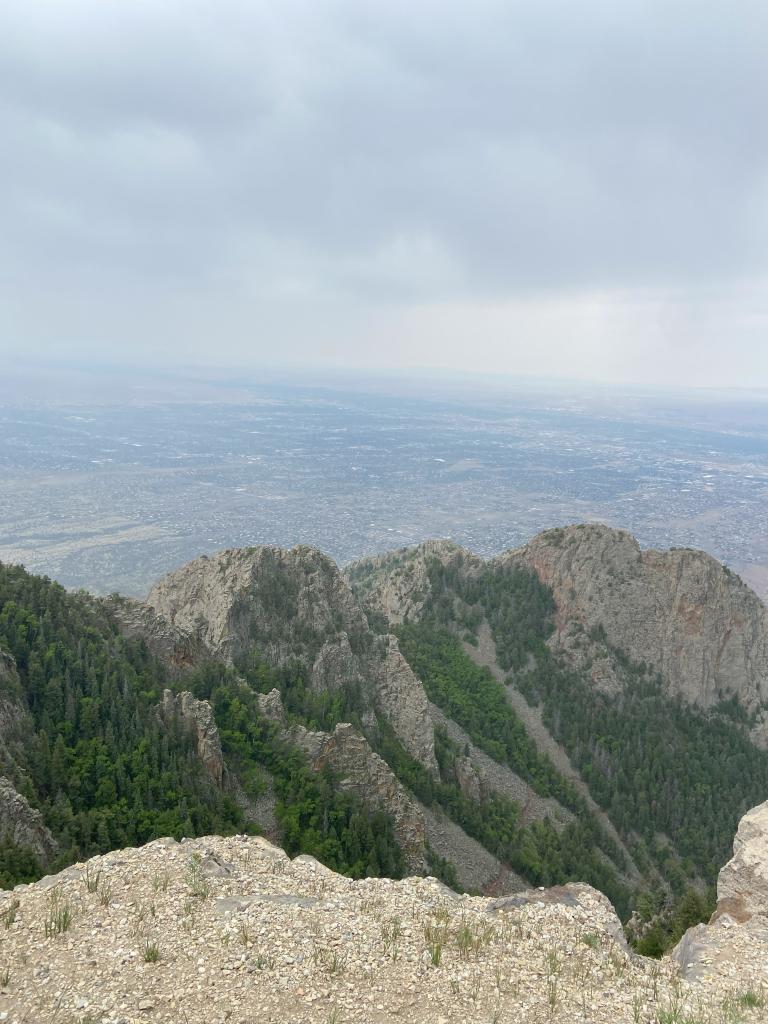
In mid-summer, I spent most of July assisting Maria in running two sessions of Forest Bound. The first session was in collaboration with the pueblo of Pojoaque. Through working with the Tewa Language Department at P’osuwaegeh, I was fully immersed in a part of Santa Fe’s rich culture, while also teaching ecology to people of various ages in the pueblo. For the next session in the Cibola National Forest, the students’ energy and positive reception to the educational material made me enjoy teaching and playing games with them even more. It was rewarding to hear the students asking for the program to run more often, and to come back next year since this was the entire goal of the program—to encourage them to care about ecology.
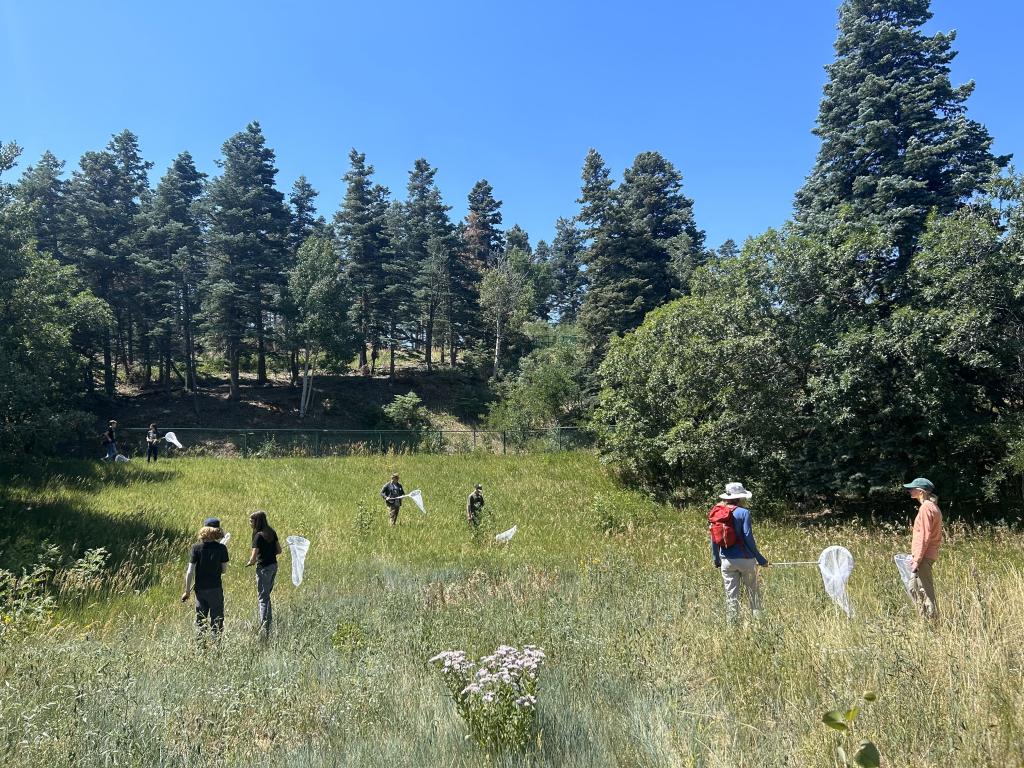
I concluded the internship by assisting a habitat restoration project for the endangered New Mexico meadow jumping mouse. During this trip, I camped for the first time! We traveled deep into the Jemez Mountains to plant species which have seeds the mouse loves to eat. Despite not having a phone signal for more than a day (which was shocking for someone like me), I’d do it again in a heartbeat. The weather was not always pleasant; there was the usual New Mexico heat and summer rainfall, but regardless, the planting, digging, and watering of plants grown by Santa Ana Native Plants was fun in a being-outside-and-sweating-with-others type of way. Though I was only helping with the project for two days, it was definitely a highlight of my summer—due to the bonding with coworkers during work, meals, and even the long car ride there. In addition, being able to see plants go in the ground for restoration after learning about wild seed collection and seed cleaning made everything come full circle for me.
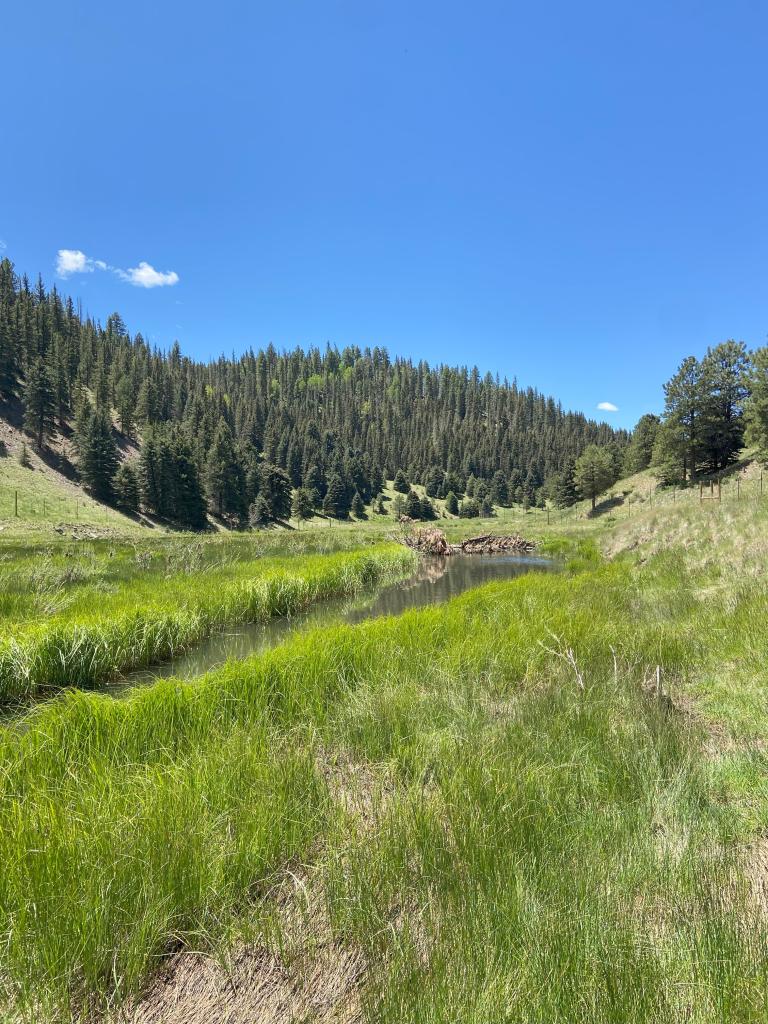
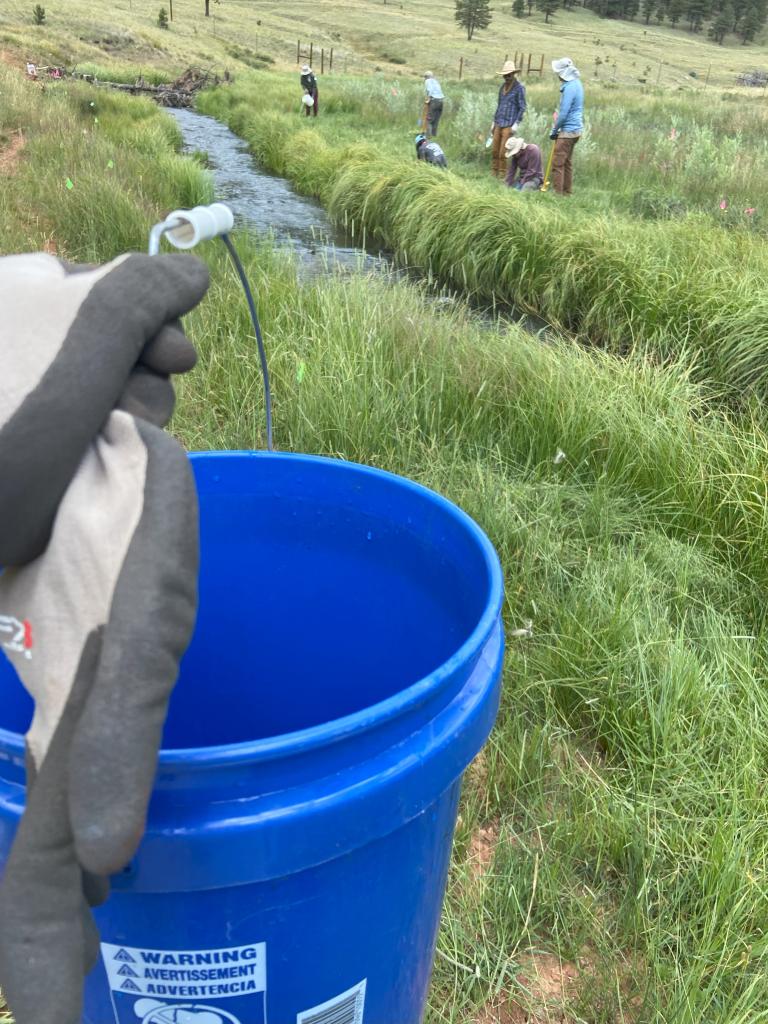
The comfort I felt around my coworkers balanced out the inevitable discomfort of the many “firsts” I experienced during this internship. I was supported in my comfort zone, but also encouraged to leave it; this made me enjoy aiding in the conservation efforts of IAE and really value the experience I had here.
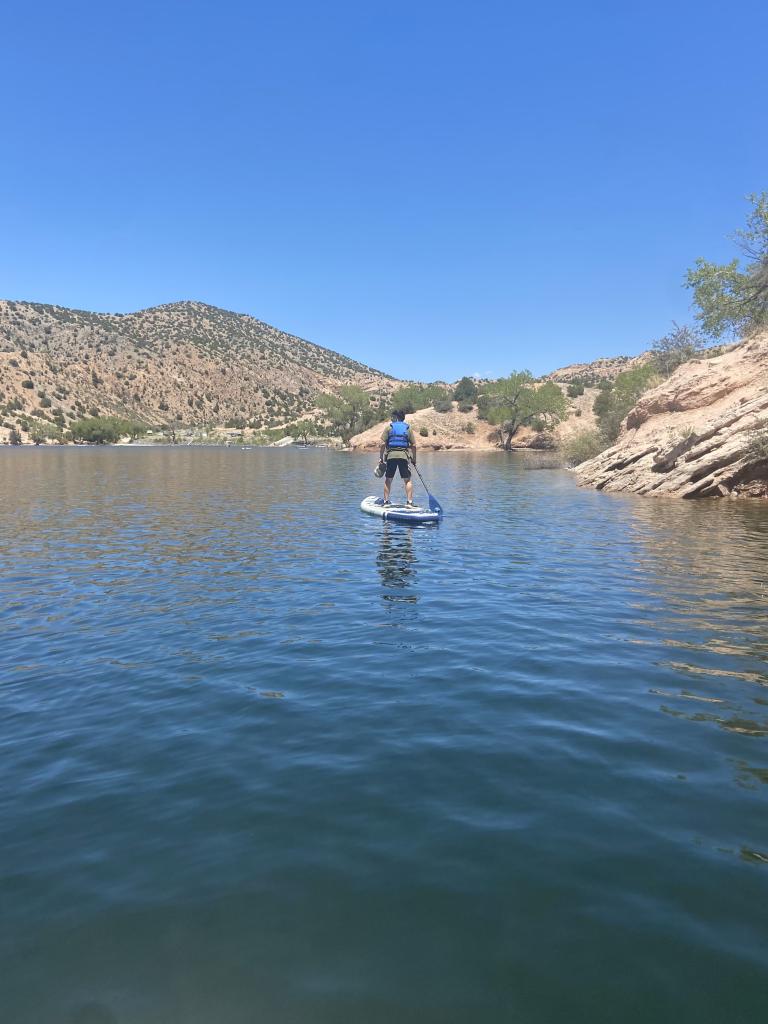
We would like to thank the University of Chicago for funding this internship opportunity, as well as the Forest Service Region 3 for funding The New Mexico meadow jumping mouse restoration project and Forest Bound. In addition, these projects would not have been possible without contributions from the Santa Fe National Forest and Pueblo of Pojoaque.
